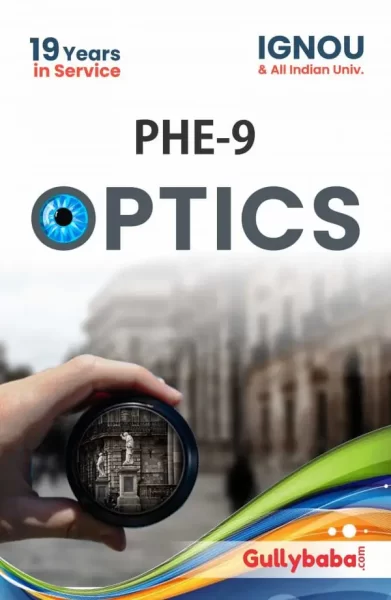-
Sale!
PHE-09
Optics
Original price was: ₹200.00.₹100.00Current price is: ₹100.00.Bought by : 2904 StudentsIn Stock Only 0 left ! -
Sale!
PHE-07 + PHE-09 + PHE-10 + PHE-13
IGNOU B.Sc. Physics Combo
Bought by : 2747 StudentsIn Stock Only 0 left ! -
Sale!
PHE-07 + PHE-09 + PHE-10
IGNOU B.Sc. Physics Combo
Bought by : 3535 StudentsIn Stock Only 0 left ! -
Sale!
PHE-09
Optics
Bought by : 3311 StudentsIn Stock Only 0 left !







